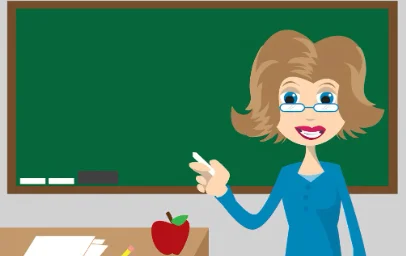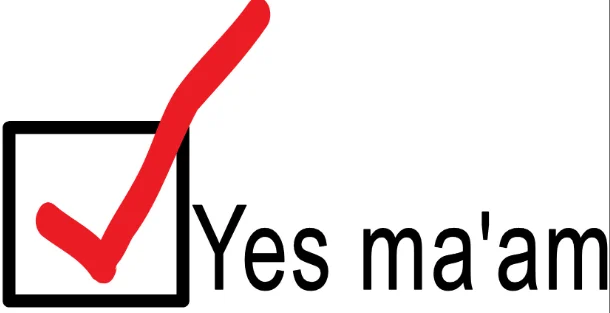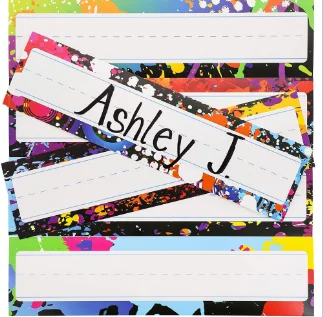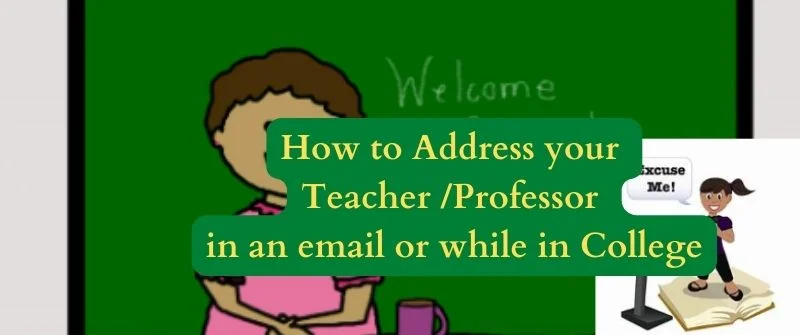Teachers play a very integral part in the lives of learners and the entire community. Consequently, it is important to relate to them with decorum and respect.
The relationship teachers will have with students or parents starts with how they address them. The two parties ought to address teachers in a manner that is not offensive.
How to Address a Male, Female, or Transgender Teacher

It is important to know the right way or the appropriate title to use to address your teacher. Factors such as gender, level of education, and age will determine how you address them. For most teachers, you can use the usual greeting of “hello”, or “good morning/afternoon”.
For male teachers, address them beginning with “Sir”, or “Mr” then followed by the surname. For female teachers, you can use Madam, Miss or Mrs then put the surname. “Miss” is applicable for both single and married female teachers.
For transgender teachers, addressing them is a big challenge for students. However, if they do not associate exclusively as either female or male, the appropriate honorific to use is Mx. In all cases, do not use the first name of the teacher to address them.
Also Read: What comes after Secondary or High School: Tertiary Education?
How to Address a Professor
Professors spend years researching and studying before they attain this academic level. If you address them, be sure to use the right honorific so that they do not feel disrespected. Always address them as “professors” or “Dr’ if they have achieved a doctorate.

When interacting with them in any environment, use formal tone and language. Slang and other informal words are not appropriate.
If you are writing to them, be clear, concise, and very brief. Most professors do not have time to go through boring stories.
How to Address a Teacher in Email
When addressing your teacher in email, you need to start with the right honorific then put the teacher’s surname. Using a semi-formal type of greeting may not be appropriate for some teachers.
Therefore, you can only use it once the teacher has permitted you. When addressing a teacher who is a professor or a doctor, it is important to use the appropriate honorific.
Most professors will feel offended if you ignore the title that they spend years to earn it.
If it is a parent writing an email to his or her child’s teacher, a formal type of address is appropriate. Simply use their full names in your email but remember to include a suitable honorific if it is applicable.
This is the right way to show respect and have a catching start that will make the teacher eager to read the content of the email. Only address a teacher casually if he or she has given you the go-ahead.
How to Address a Teacher in Class
The best way to address a teacher in class is using Mr. or Ms. You can also use the right honorific such as Dr, or professor then followed by the teacher’s surname.

When greeting a teacher in the class, the relationship with students matters. Hello is the right generic way of greeting a teacher and is usable for all relationships. If you want to sound more formal, you can use good morning/afternoon.
How to Address a Teacher in Formal Events
When attending formal events, address the teacher using a more conversational tone. Greetings like “hello”, “hi” and “good morning” will be applicable.
The use of casual words such as “hey” is not appropriate for formal events. Even more importantly, ensure you do not address the teacher with their first name.
Also Read: Do Kindergarteners have Homework: First-Graders or Elementary
How to Address a Teacher in Informal Events
This usually depends on the relationship between the teacher and the student. If you have been with the teacher before and it is a school informal event, you can enjoy some form of relaxation.
You can address the teacher using words such as “hey”, and What’s up” but do not cross the boundary of respect.
Can you Address your Teacher’s First Name?
Schools act as the training ground for different generations. This is the right place for students to get basic training on how to communicate with their seniors.

When addressing teachers, using their first names is not appropriate. Learners should use the last name of the teacher because it helps to distinguish their status.
Addressing the teacher using his or her last name is the best way to show respect.
Even though there are advancements and numerous changes in the modern world, there are traditions that still hold on in society. One of them is addressing teachers by their last names.
Schools in America and all over the world prefer students to address teachers by their last name. Educational institutions expect learners to observe this tradition as a sign of respect to teachers.
Even though there are teachers who do not have a problem when you call them by their first names, most of them will regard it as a sign of disrespect.
However, all this depends on the culture of the school. Few schools have regulations where that mandate students to address teachers by their first name. This is usually the case where students are mature and are taking degrees or masters.
Calling your Teacher Sir or Mom
In most schools and colleges, students address male teachers as “sir”. This is a sign of respect for the teacher. Addressing a teacher sir or mom depends on their relationship with the student.

If a teacher creates a welcoming environment for the learners, a form of attachment occurs. This is more common in the early childhood learning stage.
Young students feel safe around a teacher who shows them similar affection to that of their mother. If a teacher shows this kind of fondness, children will involuntary call her “mom”.
If a teacher does not have a negative reaction toward the student, the habit may continue. This means the child will continue referring to the teacher as “mom”.
On the other hand, older students only call refer to a teacher in this manner as a nickname.
Also Read: Does Class Attendance matter? Count in Final Grade
How to Find out a Teacher’s Official Name
In school, most teachers are called by their surnames. Therefore, it can be difficult to know their official name.
When handling reports and assignments, you may need their full names. The following are helpful ways of finding out a teacher’s official name:
1. Office
The office is the first place to visit if you want a teacher’s official name. Locate the faculty building where your teacher’s office is.
Learning institutions tend to place the teacher’s name on the office door. As long as you can find the teacher’s office, finding the official name will not be a problem.
2. School Page
Another alternative is to visit the official page of the school. Today’s schools have online pages where you can visit to find out more about the school and staff.

There is a clear display of the teachers’ names and their respective images.
3. Through Survey
You can also create a survey and present it to the teacher. Even though it seems like a boring tactic, it can still give you the teacher’s official name.
In your survey, start by asking the full name of the teacher and ensure it is mandatory. Include more relevant questions after that so that your intentions are not known.
4. Use Email
You can also use an email to find out a teacher’s name. The official email of the teacher contains the full names.
It is through this email that a teacher communicates with learners. Find out the teacher’s email and then email a simple inquiry about a lesson.

